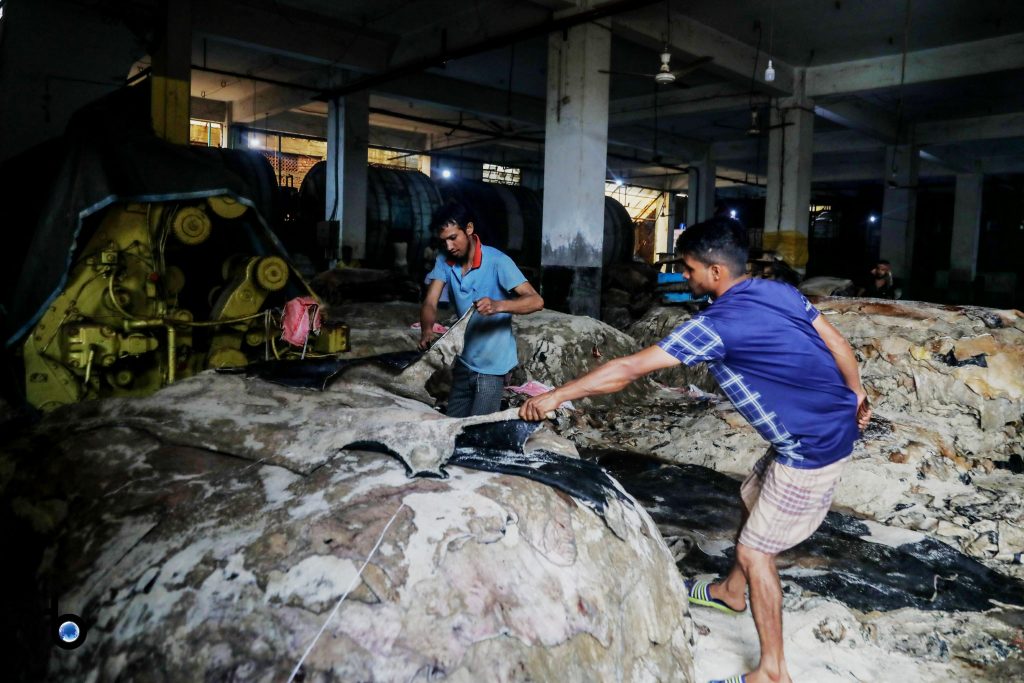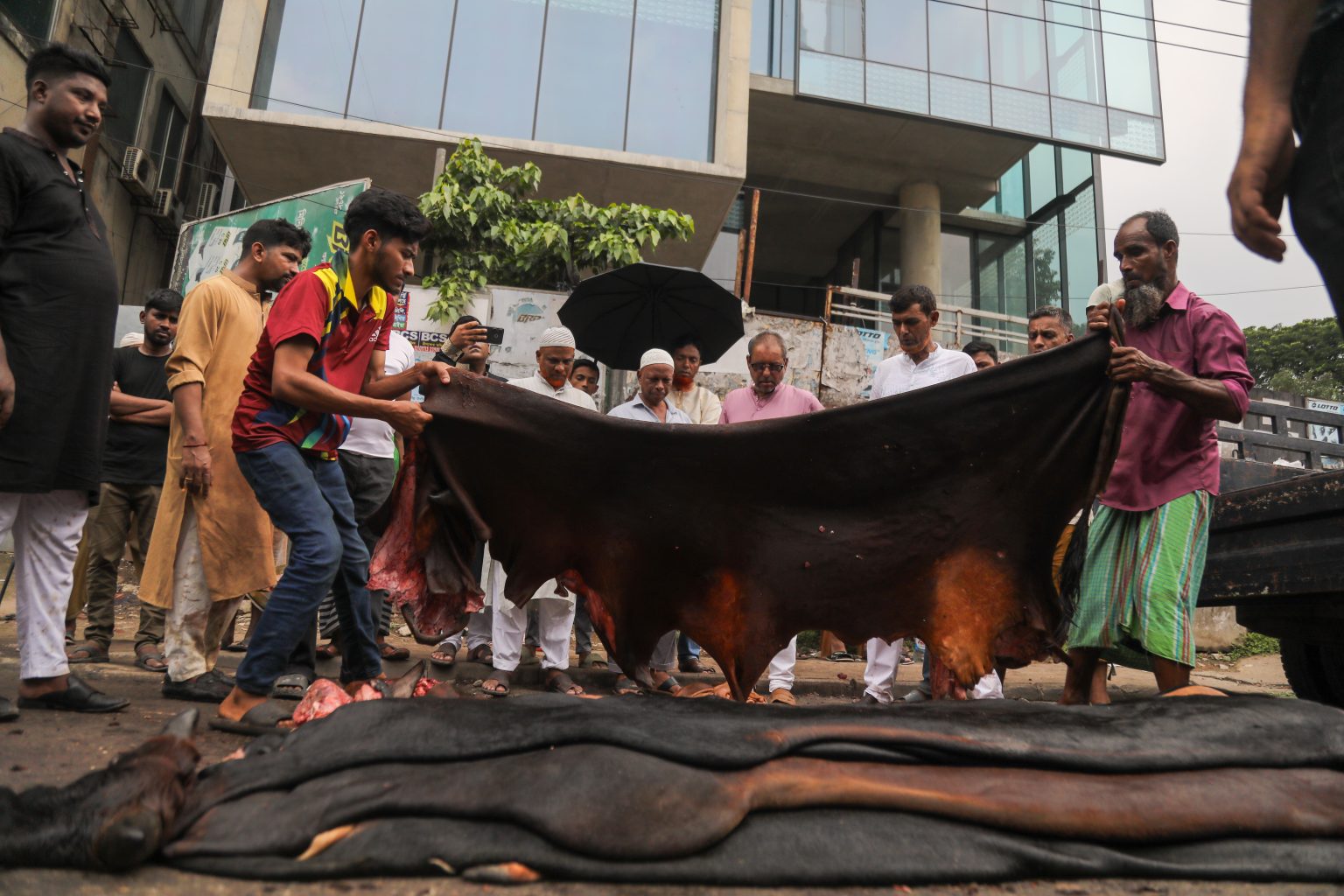Bangladesh’s leather and leather goods industry presents a paradox of promise and underachievement.
Despite having an abundant supply of rawhide—particularly during Eid-ul-Adha, which accounts for more than half of the annual collection—the sector has failed to convert this natural advantage into meaningful export earnings.
In the 2023–24 fiscal year, Bangladesh’s exports of leather, leather footwear, and other leather goods totalled just $1.0439 billion—starkly contrasting with Vietnam’s more than $27 billion in leather and footwear exports during the same period.
This disparity stems from the sector’s persistent inability to efficiently process raw materials, comply with international standards, and modernise its supply chain.
During Eid-ul-Adha, oversupply of rawhide often leads to losses due to inadequate preservation systems and limited access to salt, resulting in an estimated 10–20% wastage.
Farmers and small traders are further disadvantaged by unregulated middlemen who offer unfair prices and resell hides at a profit, while the absence of cold storage, structured procurement, and reliable logistics discourages upstream participants.
Although tanneries were relocated from Hazaribagh to Savar to improve compliance, many still lack functional effluent treatment plants and fail to meet Leather Working Group (LWG) and ISO certification standards.
This has excluded Bangladesh from accessing high-value, environmentally conscious markets such as the European Union.
Additionally, poor labour practices—including low wages, unsafe working conditions, and lack of workers’ rights—violate International Labour Organization (ILO) conventions and alienate global brands.
Consequently, the industry remains reliant on low-margin, semi-processed exports, while competitors secure premium markets with value-added products.
In contrast, countries such as Vietnam, India, and even Cambodia have demonstrated the benefits of strategic planning, compliance, and investment.
Vietnam, for instance, has attracted global brands by certifying tanneries and establishing industrial zones with modern infrastructure. India has invested in sustainable practices and skill development, while Cambodia has carved out a niche in eco-friendly leather goods by ensuring basic compliance.
Bangladesh’s stagnation is further hindered by entrenched syndicates and vested interests resistant to reform. These groups profit from inefficiencies and obstruct the implementation of transparent, regulated market practices, thereby discouraging both local and foreign investment.

Industry stakeholders have consistently stressed the urgent need for reform.
During an event last month, Syed Nasim Manzur, president of the Leathergoods and Footwear Manufacturers and Exporters Association of Bangladesh, remarked, “If Bangladesh can establish environmentally responsible, LWG-certified tanneries, its leather exports could potentially double.”
However, as Shaheen Ahmed, president of the Bangladesh Tanners Association, pointed out, “Tanners are stuck in a squeeze—low prices for rawhides on one end and high compliance costs on the other.”
Relocation to Savar has not delivered the expected improvements.
Md Saiful Islam, chairman of BSCIC, acknowledged the shortcomings: “The capacity of the CETP installed in Savar is currently 14,000 cubic metres, while demand during peak season is 32,000 to 35,000 cubic metres.”
A critical barrier to market expansion is the lack of internationally recognised environmental certification.
At a discussion in May this year, Adilur Rahman Khan, adviser to the industries ministry, said, “At present, we have only three LWG-certified tanneries, a stark contrast to 253 in India, 200 in China, and 44 in Pakistan.”
Governance inefficiencies further complicate progress. As Syed Nasim Manzur observed, “The leather industry has become a football tossed among multiple ministries—industries, commerce, environment, and agriculture—making it difficult to ensure accountability and policy predictability.” He recommended placing the sector under a single ministry for more effective coordination.
Financial constraints are another obstacle. Many tanneries are operating with poor cash flow and are burdened with non-performing loans. Manzur suggested, “Introduce a safe exit strategy for sick and critically ill tanneries and write off bad loans according to regulations to prevent good loans from turning into bad debts.”


